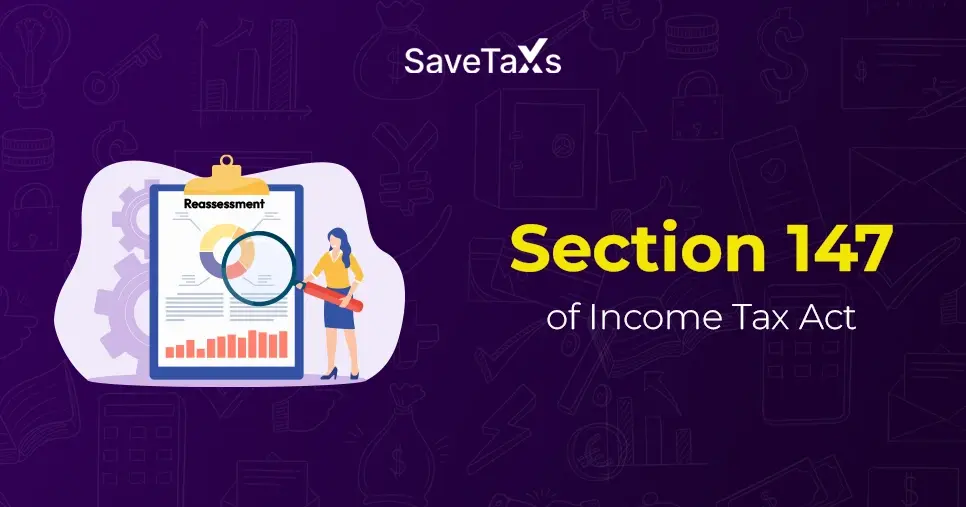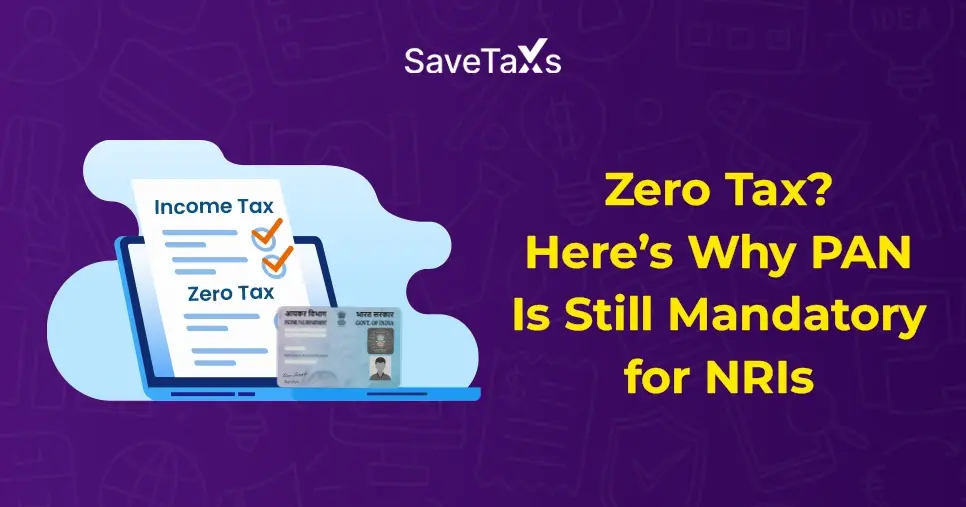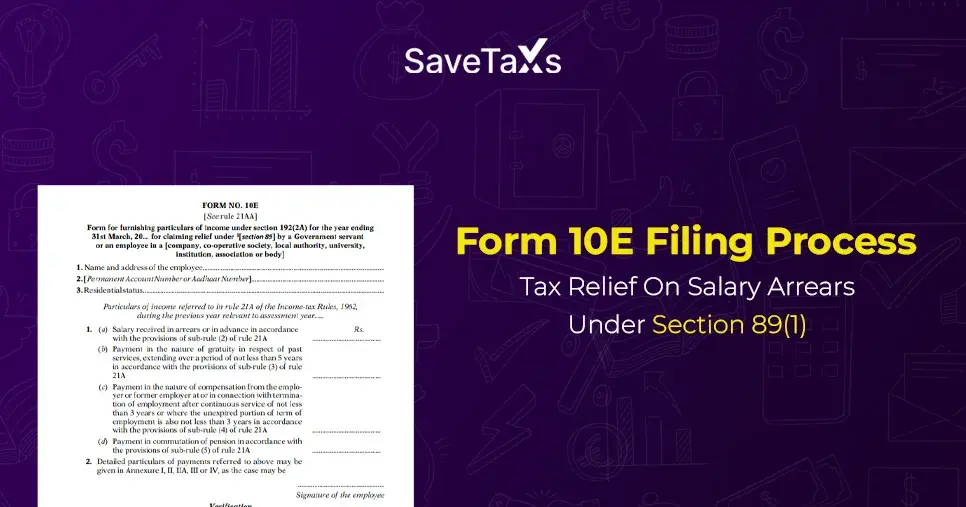AGI is the short form of Adjusted Gross Income. It is simply your total gross income subtracted by specific deductions. AGI is the base for you to get to taxable income and compute your tax. It also finds out your eligibility for specific tax credits and deductions. You can use these credits and deductions to reduce your overall tax liability or increase your tax refund.
Keep reading the blog to learn more about Adjusted Gross Income (AGI). We will cover how to calculate AGI, how to reduce your AGI based on your situation, and much more.
Key Takeaways
- Your adjusted gross income (AGI) is equivalent to the total income you report minus certain deductions, or adjustments, that you are eligible to claim.
- Income adjustments can contain contributions to eligible retirement accounts, student loan interest you paid, and alimony payments to a former spouse (for agreements before 2019). Additionally, self-employed health insurance premiums, and half of the self-employment taxes you pay.
- AGI can affect your state income taxes, if there are any. It is because many states use your federal Adjusted Gross Income as the base for computing your state taxable income.
What is AGI On Taxes?
- AGI stands for Adjusted Gross Income, a common term used for tax purposes. An individual needs to understand AGI's meaning and its relevance. In short, it is your total gross income minus certain tax deductions. There are certain deductions that are eligible to reduce adjusted gross income. It includes deductible traditional IRA contributions, health savings account contributions, and educator expenses.
Now, the question is, what is Adjusted Gross Income in real life? Here are a few instances where it is relevant:
- It is the starting point to get your taxable income, calculate your tax liability, and your federal tax rate. It is done by subtracting the standard or itemized deductions.
- You can gain insight if you qualify for certain tax credits or deductions. (Note: Some tax deductions and credits comprise limitations for AGI).
- Adjusted Gross Income helps determine your eligibility in other financial situations. It includes applying for a loan to purchase a property, eligibility to rent an apartment, or getting a student loan to pay for higher studies.
Income Definitions, Comparisons, and Associated Documents
The terminology associated with tax can be a little daunting. When we talk about federal income tax, a lot of terms may sound similar. However, all those terms have different definitions and intentions. Let's discuss a few different types:
Taxable Income
You can calculate taxable income by deducting the standard or itemized deductions. Select whichever is greater from your AGI. Ensure to note the nuances between AGI vs taxable income. These two tax terms are often linked; however, they depict different things. In short, you can use your taxable income to determine your tax bracket.
Modified Adjusted Gross Income (MAGI)
AGI plus a few items either added back in or subtracted, is your MAGI. It determines your eligibility for certain deductions, credits, and retirement plans. Modified Adjusted Gross Income has no fixed definition. It is because modifications may differ based on the specific tax benefit.
Gross Income
Gross income comprises all income received from all sources. It includes monetary gifts, property, and the value of services acquired. Additionally, some other examples are wages, tips, interest, dividends, rents, and pensions. These sources also contribute to your aggregate gross income (excluding tax-exempt income).
What is Adjusted Gross Income On a W-2?
There is nothing like adjusted gross income on a W-2. You calculate AGI from different sources; however, it is not shown on a W-2. The main twist here is that you will need your W-2 tax form to start the calculation.
How to Find Annual Income?
When people consider annual income or total annual income, they often think of their salary before or after taxes are deducted from their paychecks. You can check your annual income on your Form W-2 from your tax employer. If you are searching for AGI on your paycheck, you can't. However, here is where to search to get this information:
Locating Your Prior-Year Adjusted Gross Income on 1040 Forms
You can use your prior-year AGI to confirm your electronic return with the Internal Revenue Service (IRS). Now, where can you find the Adjusted Gross Income? You can find your Adjusted Gross Income on IRS Form 1040 from the previous tax year. To do the same, you will need a copy of your last year's tax return.
You can locate the amount listed on the following lines depending on the form you have used. For instance, if you filed Form 1040, Form 104-SR, or 1040-NR, your AGI will be listed on Line 11.
More Details About How to Find AGI From Last Year
You have several options if you can not find your prior-year AGI. You will have to request a copy of a return from the Internal Revenue Service for the prior year. Choose any of these ways to request a copy:
- Check or download your return's transcript online at https://www.irs.gov/individuals/get-transcript
- Navigate to https://www.irs.gov/individuals/get-transcript. Then, request a hard copy transcript of your return be mailed to you. It can take up to 5 to 10 business days.
- Call the IRS at 800-908-9946 and request a hard copy transcript be mailed to you. It will take nearly 5 to 10 business days.
In case you and your spouse filed jointly last year, your spouse's AGI will be just like yours. If your spouse had a different AGI, get their information to request their AGI from the IRS.
How to Calculate AGI?
If you are using any software or an online tax preparation service to prepare your tax return. Then, it will compute your AGI after you fill in your numbers. However, if you want to calculate it by hand, follow these steps:
Add Your Total Income and Wages
Start by counting your reported income that is subject to income tax for the year. For most individuals, it comprises job income acquired from Form W-2 or applicable Form 1099s. You might also have other income types, such as the following:
- Interest
- Dividends
- Pensions
- Capital gains
- Rental income
- Self-employment income
- Taxable alimony payments
- Unemployment compensation
- Taxable social security payments
Subtract "Above the Line" Deductions
After that, deduct the applicable adjustments to the income listed above from your reported income. Some common adjustments include:
- Educator expenses
- Military moving expenses
- Traditional IRA contributions
- Student loan interest deduction
- One-half of the self-employment tax
- Health savings account (HSA) deduction
- Self-employed health insurance deduction
- Certain self-employed retirement account contributions
The resulting amount will be your Adjusted Gross Income. To keep it short, the formula is:
Gross Income - Deductions = Adjusted Gross Income
**Note: Itemized deduction and standard deduction are "below-the-line" deductions.
How to Lower Adjusted Gross Income?
To reduce AGI, you will have to claim all the qualified tax deductions. Here are a few more common "above the line" deductions.
Retirement Savings
Contributing to a traditional individual retirement savings account (IRA) can lower your AGI dollar-for-dollar. In case you have an IRA, your income and any workplace retirement plan may limit the AGI reduction amount. The upper limit of deduction is $6,5000 in 2023. Additionally $7,000 in 2024 ($8,000 or those 50 years of age or older in 2024).
Educator Expenses
Teachers often self-fund expenses every school year. Fortunately, if you spend your own money on class or the classroom costs, you can claim a tax advantage. Educator expenses can lower your AGI by providing a tax deduction. It can be for up to $300 (for 2024) for qualified K through 12 purchases.
It includes books, instructional supplies, classroom technology, and supplementary items used for the classroom. The deduction is nearly $600 (for 2024) if an educator is married to another eligible educator. Also, if filing under the married filing jointly status (up to $300 per person combined).
Contribute to a Health Savings Account
In case you take part in an eligible Health Savings Account, you may have the option to contribute. You will be able to contribute up to $4,150 to your HSA account for 2024, and a family can contribute up to $8,300.
People aged 55 or older can contribute an additional $1,000 to their HSA. You can contribute only until the tax due date. So, you can choose to contribute for the current year up to the tax due date the following year. If you have not reached the limit of contribution for the year yet. Then, you should as it can be beneficial to provide.
Even if you don't itemize, contributions will still be deductible. Additionally, funds in the HSA can be kept in the account, and they won't expire at the year's end. Hence, using tax-free funds, adding money to an eligible HSA can be very beneficial. It will help you cover out-of-pocket medical expenses.
Deduction on the Student Loan Interest
Student loan interest is interest paid on a qualified student loan during the year. One more adjustment to your AGI is the student loan interest deduction. The maximum amount of deduction you can claim is $2,500 in 2024. However, it is limited by your income.
So, if your filing status is single, head of household, or qualified widow. Also, if your modified AGI is above $95,000 in 2024, you will not qualify. Similarly, if you are married filing jointly and earn more than $195,000 in 2024, you can also not use this deduction to reduce your AGI.
To Conclude
Adjusted Gross Income reduces your taxable income for the year. It is if you qualify for any qualified deductions. However, you can still choose the standard or itemized deduction. Your gross income and your adjusted gross income can be the same number. Several adjustments for AGI are specific to certain situations, which might not apply to everyone.
AGI is an important factor in determining your eligibility for various tax credits. An individual needs to learn more about AGI to ensure compliance. If you want helpful guidance and quick assistance with AGI, contact the experts at Savetaxs right away. They will define adjusted gross income to you in the easiest way possible.
As a leading firm, we have been helping individuals by providing the best-quality service. Our team brings over 30 years of experience, ensuring reliability and high-quality assistance. We are actively working 24*7 across all time zones. Connect with us today and solve your tax-related issues with confidence.

Mr Varun is a tax expert with over 13 years of experience in US taxation, accounting, bookkeeping, and payroll. Mr Gupta has not prepared and reviewed over 5000 individual and corporate tax returns for CPA firms and businesses.
Want to read more? Explore Blogs
Frequently Asked Questions
No matter what your source of income is, we've got you covered. There’s a plan for everybody!
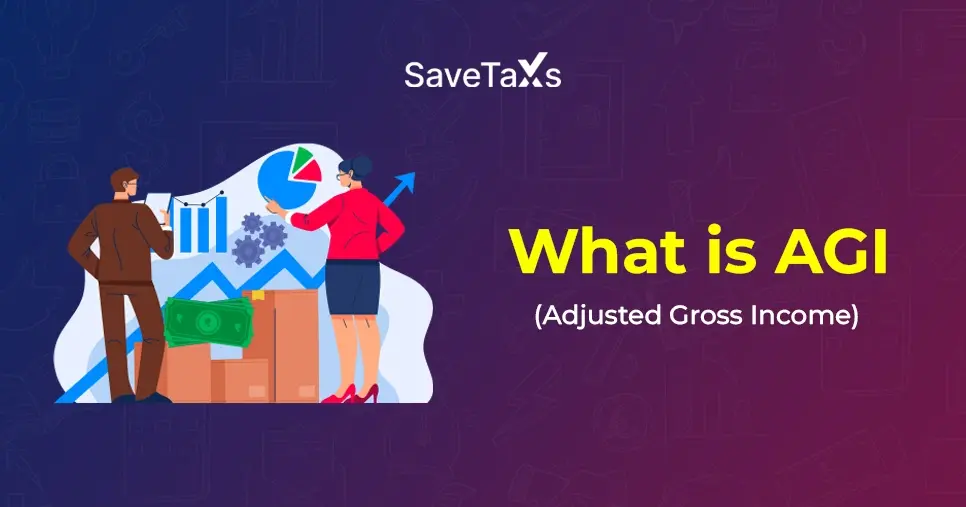
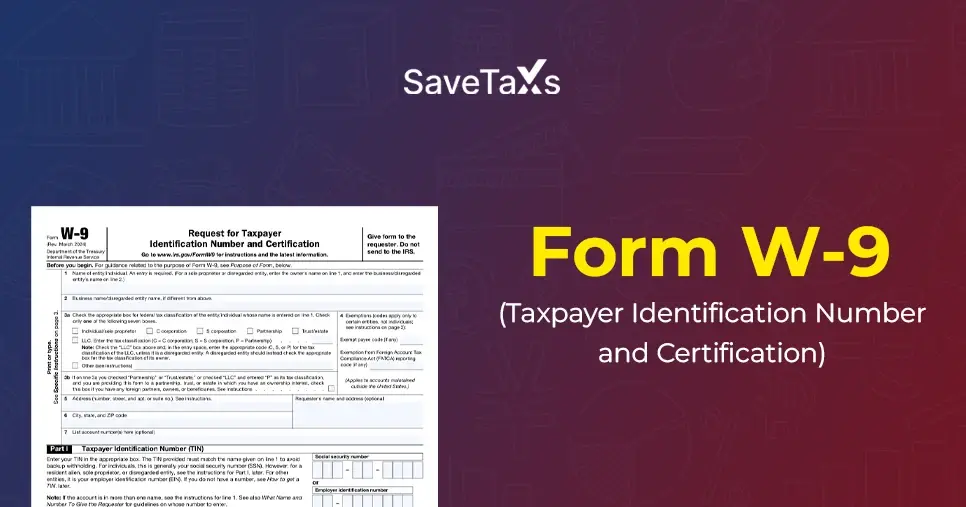













_1763555884.webp)
